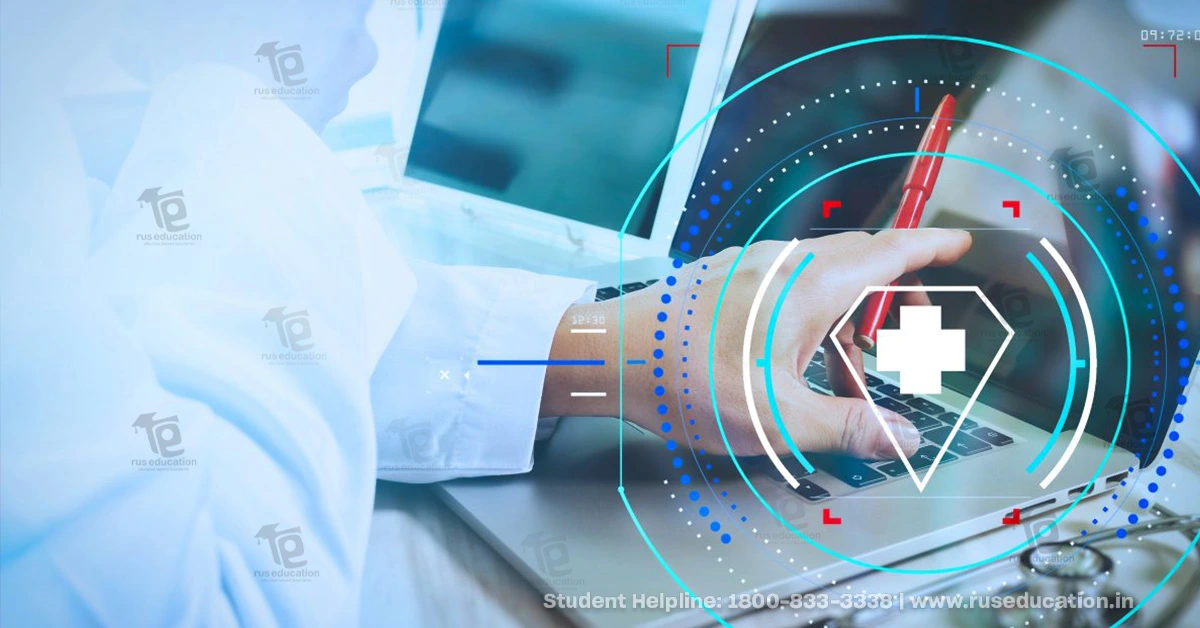Over the years, the medical field has played an incredible role in advancing global health, extending lifespans, and improving quality of life across diverse communities. Medical education, in particular, has consistently been at the forefront of innovation, shaping medical students into eligible medical practitioners.
From advancements in disease prevention and treatment to pioneering cutting-edge surgical procedures and diagnostic techniques, medical education continuously adapts to the ever-changing medical trends. Modern healthcare, with the implementation of advanced facilities such as simulation centers, AI-assisted diagnostic tools, etc., has transformed how students are trained to become excellent healthcare providers.
As healthcare needs become more complex, medical academies worldwide are adopting new approaches to equip future physicians better. From virtual learning environments to competency-based training, here are some of the latest trends and innovations shaping modern medical education.
1. Simulation-Based Learning
Simulation-based training has now become integral to medical education, allowing students to develop clinical skills without putting real patients at risk. Simulations range from life-like mannikins that mimic human physiological responses to advanced virtual and augmented reality systems that offer immersive, interactive experiences. Simulation-based training helps students gain confidence and build critical skills in a controlled, safe environment before transitioning to real-life patient care.
2. Competency-Based Education (CBE)
Competency-based education enables medical students to focus on skills and outcomes rather than traditional time-based milestones. This training allows students to advance their knowledge and skills once they’ve mastered the required competencies. This approach ensures that future doctors are equipped with essential skills at their own pace, fostering a more tailored learning experience that emphasizes real-world readiness.
3. Interprofessional Education (IPE)
Patient care has increasingly become collaborative, where top medical universities emphasize interprofessional education such as students from different healthcare disciplines like nursing, pharmacy, and physical therapy, learning and training together. Collaborative learning improves patient care through fostering teamwork, communication skills, and a deeper understanding of the roles each healthcare professional plays.
4. Digital and Distance Learning
In today’s generation, Digital learning platforms have revolutionized medical education, making education more accessible and flexible than before. This learning process accelerated a significant turn during and especially after the COVID-19 pandemic, which highlighted the need for flexible, remote learning solutions due to limited access to traditional classrooms.
Online resources, virtual labs, recorded lectures, and interactive case studies allow students to learn flexibly and review content as needed. With digital learning tools, medical students now have access to a global library of resources and faculty expertise, breaking traditional geographical barriers and expanding the reach of quality medical education.
5. Artificial Intelligence (AI) and Data Analytics
Another innovation that improves medical education is the availability of Artificial Intelligence. AI is making waves in medical education by personalizing learning experiences, predicting learning outcomes, and assisting with diagnostic training. For instance, the presence of AI-powered platforms enables students to track their performances, provide feedback, and suggest areas for improvement. Data analytics tools also help educators assess educational outcomes more precisely, enabling them to adjust curricula based on real-time student performance data.
6. Virtual and Augmented Reality (VR/AR)
The presence of VR and AR technology has transformed how students learn complex anatomical structures, perform virtual dissections, and practice surgical procedures. Through these tools, students gain hands-on experience in a digital format that simulates real-world scenarios, preparing them for high-stakes situations in clinical settings. This technology makes learning more interactive and engaging, often helping students retain information better.
7. Emphasis on Emotional Intelligence (EI) and Wellbeing
In medical curricula, there is an increasing emphasis on emotional intelligence and well-being, reflecting the growing recognition that a successful healthcare provider requires not only clinical knowledge but also empathy, resilience, and self-awareness. Emotional Intelligence helps medical students understand their own emotions and better manage stress while improving their ability to empathize with others, especially their patients and colleagues.
This includes mindfulness, stress management, communication, and empathy training—skills essential for connecting with patients and preventing burnout among healthcare professionals.
8. Focus on Global Health Education
Global health is now one of the key components of medical education, with universities incorporating this into their curricula. Students studying MBBS at the Top Medical Universities, particularly in Russia, learn about different healthcare systems, global disease burdens, and the impact of socioeconomic factors on health. Many programs across several top medical universities also offer international rotations or partnerships, allowing students to gain first-hand experience in diverse healthcare settings.
9. Patient-Centered Care and Communication Skills
Medical education at the top medical universities now prioritizes patient-centered care, emphasizing not only diagnostic and treatment skills but also the importance of communication, empathy, and cultural competence. There are several programs where students learn how to interact with patients, understand their needs, and communicate complex information effectively.
The Road Ahead for Medical Education
The future of medical education will likely involve more integration of technology, flexible learning models, and an emphasis on skills like empathy and resilience. With rapid advances, students are better prepared for the dynamic landscape of modern healthcare. These innovations in medical education reflect the shifting priorities of healthcare—toward more collaborative, inclusive, and patient-centered care.
➨ Read Latest Blog: From Classrooms to Clinics: The MBBS Journey in Russia
From Classroom to Clinic: How Modern Infrastructure is Changing Medical Training in Russia




